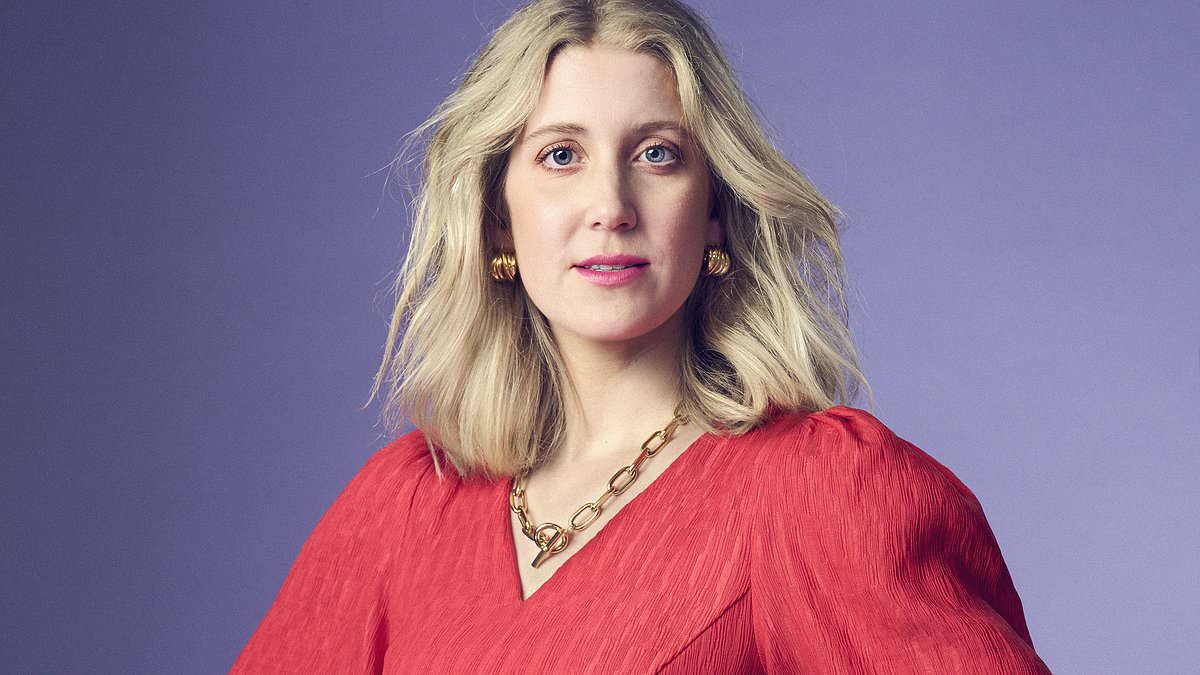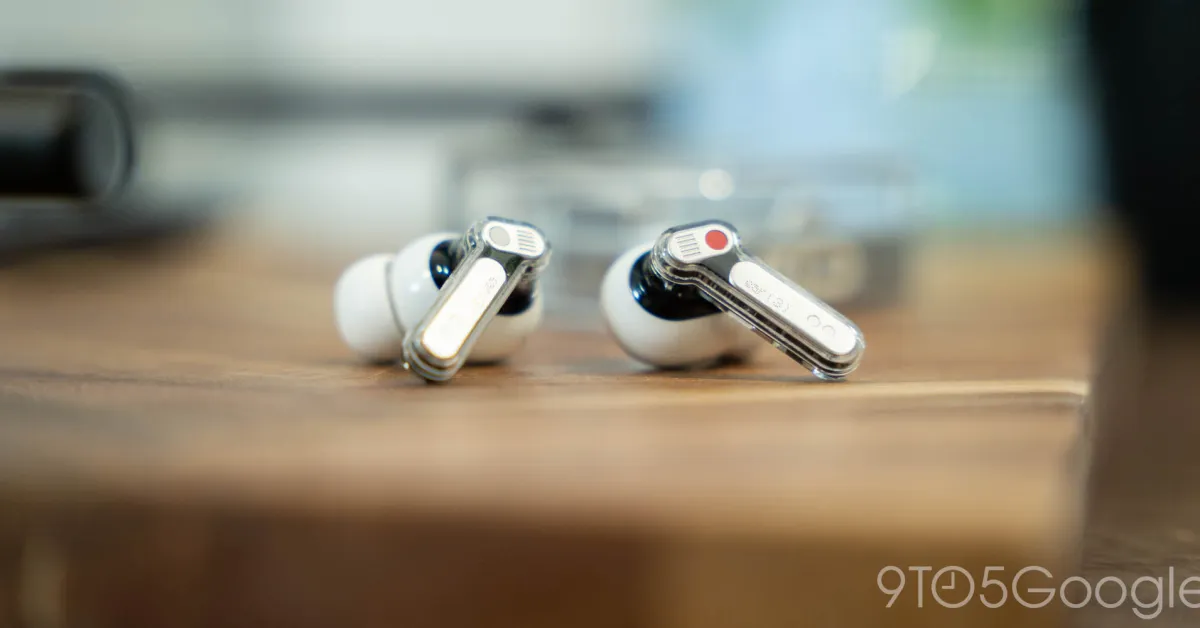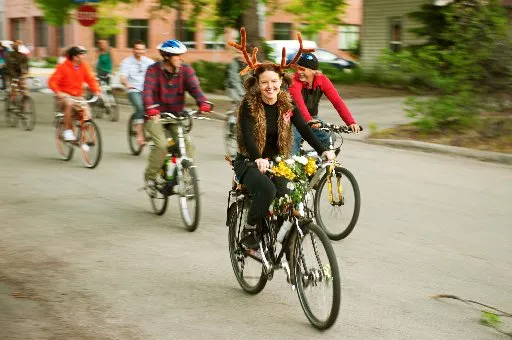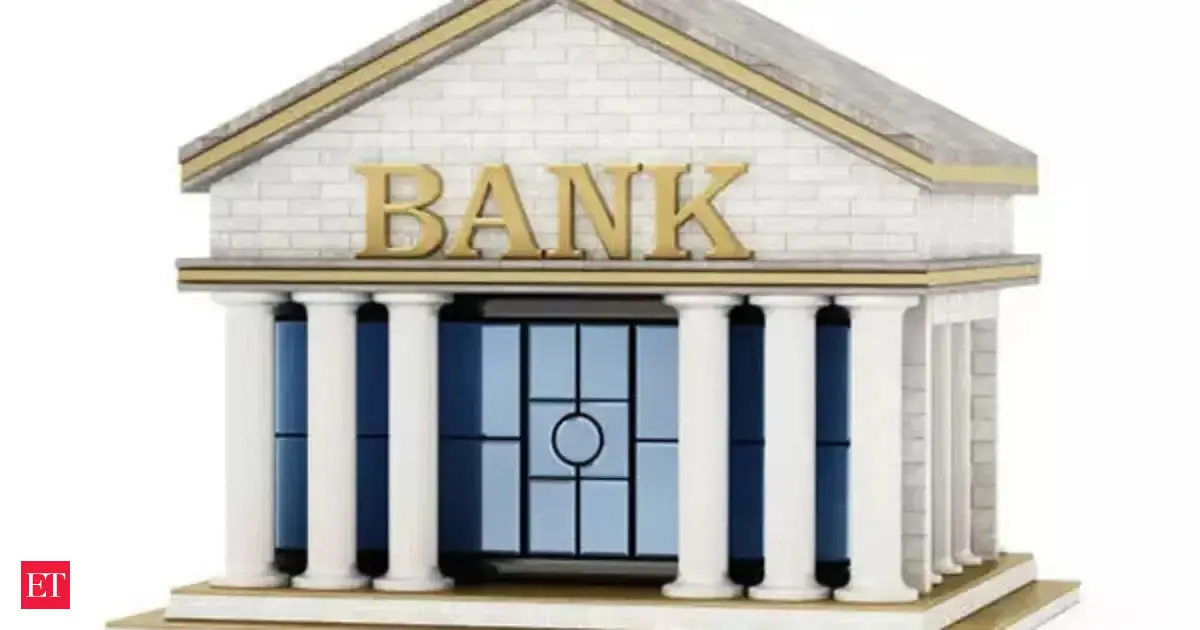My secret hoarding shame: I suffer from this very modern hidden affliction that’s completely taken over my life. This is what it does to your mind… and the steps experts say we all need to follow: CHLOË HAMILTON
By Chloe Hamilton,Editor
Copyright dailymail

Scrolling my phone’s camera roll, I come across a two-second video of the living room floor, taken by accident.
You’d think I’d instantly delete it without a second thought. Yet, I can’t quite bear to. The very thought brings on a queasy sense of panic.
My name is Chloë and I’m a digital hoarder.
I have 26,610 unopened emails in my inbox and 1,594 drafts, 2,889 notes in my Notes app and over 50,000 photos and 6,000 videos on my iPhone.
I can’t bring myself to delete any of it; not the drafts of emails I’ve long since sent, not the shopping lists for meals I’ve long since eaten, not the screenshots of TikToks I’ve never looked at since or the photo of the long-forgotten coffee I bought back in 2021.
And while I know I’m being irrational, the prospect of having a digital clear-out – one that would make it all the easier to find those files I do care about, from photos of the first time I held my sons to the videos of their first words and steps – feels impossible.
I’m something of a hoarder in ‘real life’ as well, so perhaps I shouldn’t be too surprised.
In the spare room of the three-bedroom house I share with my partner and two children, clothes I never wear are screwed up in boxes in case I feel the urge to slip into a pair of jeans that haven’t fitted me for years.
But while the act of physical hoarding does, eventually, see you forced to get rid of some of your belongings for fear of your four-year-old being swept away by an avalanche of tat, digital hoarding is much easier to hide. And so the problem grows … and grows, and grows.
You may ask, who am I harming if my phone and laptop are bursting at their digital seams? But experts warn that these digital pile-ups can be as bad for your mental health as physical ones.
And the problem is rife; a recent survey found 69 per cent of Brits consider themselves to be digital hoarders, while a third of those aged 25 to 34 admitted to feeling emotionally attached to their digital clutter.
Jo Cooke, director of Hoarding Disorders UK, defines digital hoarding as ‘the accumulation of digital files to the point of loss of perspective, which eventually results in stress and disorganisation’.
She says people hoard digitally for reasons ranging from sentimentality to fear of missing out. She warns that hoarding of this nature can become problematic when the thought of deleting any digital information triggers feelings of anxiety or insecurity.
Ultimately, ‘it can bring feelings of inadequacy, guilt, depression and overwhelm’.
This certainly rings true for me. Random and insignificant though they may seem, for me these files, however imperfect, tell a story. My story.
That, I think, is why I’m reluctant to delete them. I feel a particular attachment, for example, to the photos taken just before, during and in the wake of the pandemic; they feel almost historical in their significance, even though it’s just endless photos of banana bread, dogs on Zoom and dodgy home haircuts.
I’m aware, too, that the effort – both physical and emotional – it would take to comb through and decide what to keep feels debilitating; impossible even.
On the other hand, my bloated camera roll – and the fear that, in one false move, all could be lost – is in itself debilitating. Not to mention it’s costing me £9 a month in extra cloud storage.
Perhaps the apparent ease with which I manage this clutter – I’ve never missed an important email or (knowingly) experienced any related tech issues – also explains why I don’t delete; there’s simply no incentive to, at least on the surface.
Cooke explains that there are a number of psychological factors linked with this habit including Obsessive Compulsive Disorder (OCD) and Attention Deficit Hyperactivity Disorder (ADHD).
I was diagnosed with OCD in 2015 and have, at various points in the last decade, had both treatment and relapses. It’s no surprise to me that my OCD, which in the physical world manifests itself as intense anxiety that I have never done quite enough to prevent disaster, is appearing digitally, too, in this compulsive need to cling on to things I may one day miss – as though deleting the wrong thing may unravel everything. In both cases, I recognise a need to control my environment, on and offline.
Like physical hoarding, digital hoarding can also be linked to anxiety and grief. It’s also, of course, symptomatic of our digital age.
Cooke explains that 24/7 access to information online only adds to the challenges hoarders experience. There is so much for us to stockpile, to keep in our virtual attics, gathering digital dust.
Cooke suggests small changes first. ‘Routinely and habitually block out chunks of time to address digital clutter,’ she says. ‘Introduce a system: Unsubscribe. Unfollow. Snooze. File.’ She reassures me it is a process. ‘Just in the same way we prune our roses, weed our gardens and sift through our belongings in the physical world – the same applies in the digital world.’
I’m just not there yet. I’m not actually sure I ever will be. But I’m trying and that feels like a good place to start.
And yes, if you’re wondering, I did finally delete that two-second video of the floor.



